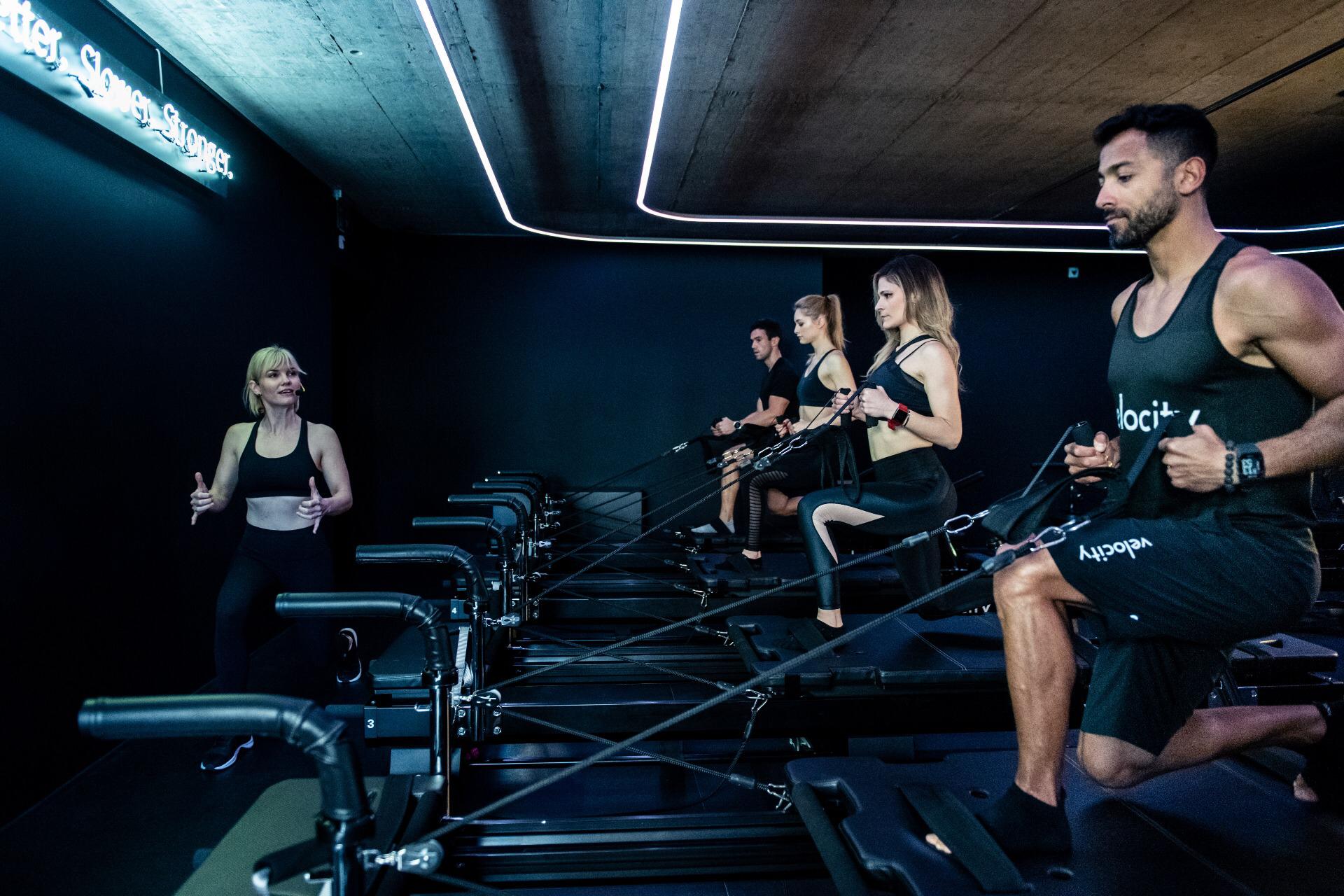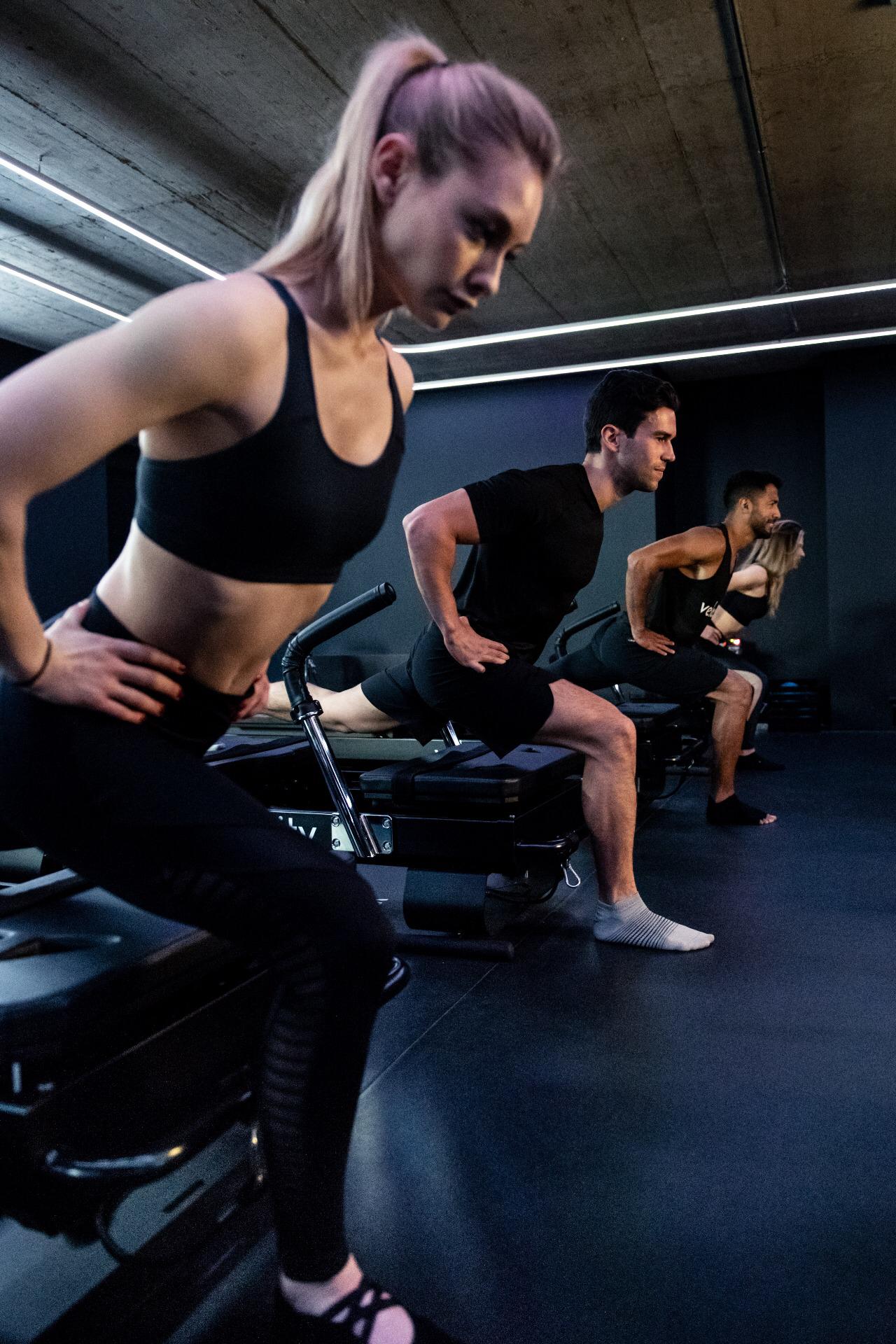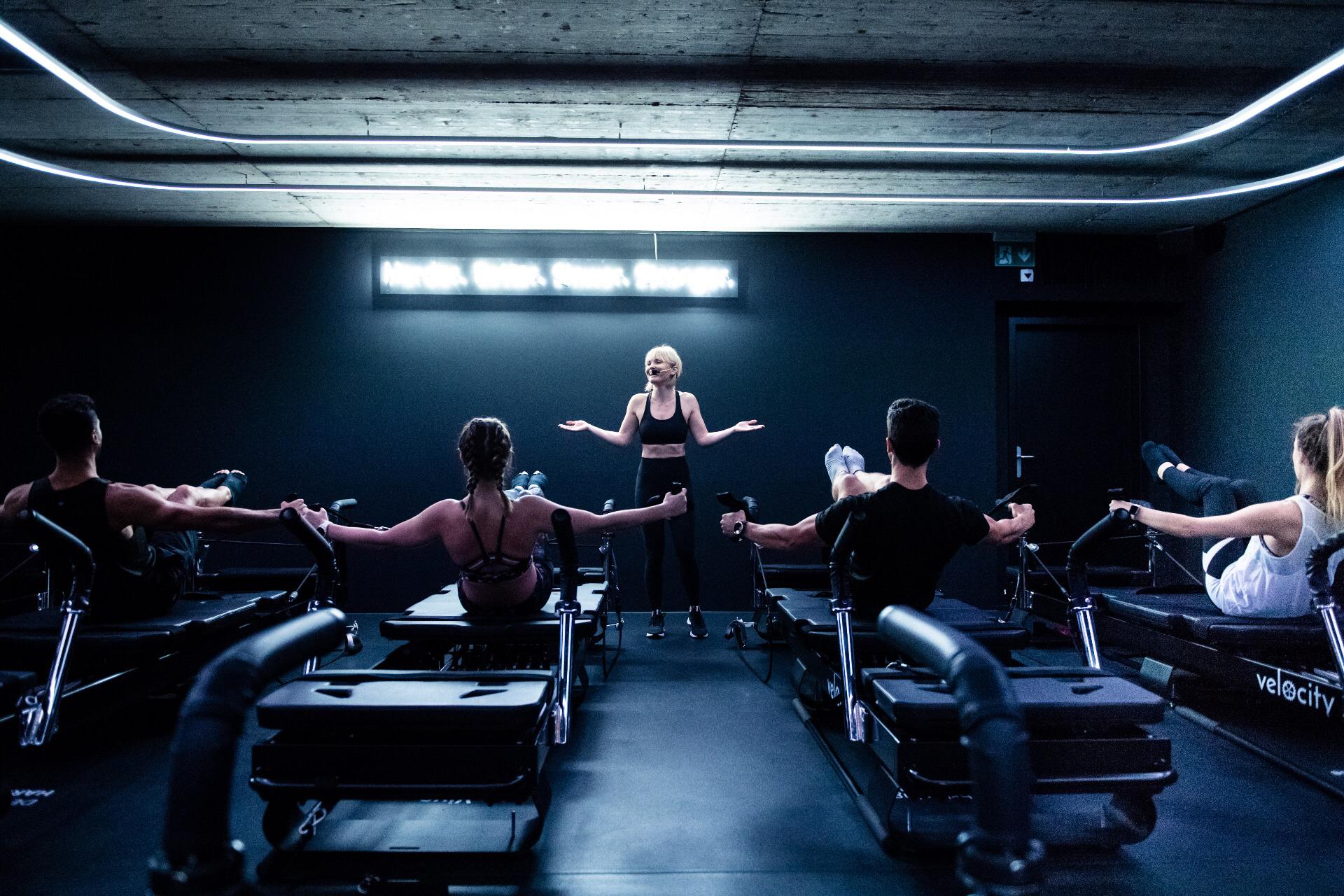Getting to the Core
by Nina – Friday, 17 May 2019
Core strength isn’t just about toned abs, a flat stomach or a six-pack. Strong core muscles are fundamental in literally every sport to improve performance and to avoid injury. They are also involved in almost every movement of the human body, including everyday activities like my favorite, staying upright!

First of all, here’s a little review of which muscles actually make up your core. Your abs consist of four main muscle groups. The deepest muscle layer is the transverse abdominis which stabilizes your spine and pelvis. The rectus abdominis are the muscles between the rib cage and the pelvis, the famous “six-pack”. There are two layers of oblique muscles that control lateral flexion and rotation. That’s not all, your core is also made up of your pelvic floor, your glutes, your lower back muscles and your diaphragm – basically any muscle that attaches to your spine.
Your core muscles are quite literally at the core of your body. They connect your upper and lower body and transfer forces between extremities. Any movement either originates from your core or moves through it. The core muscles stabilize the center of the body and provide a stable platform against which your arm and leg movements can pull against. If you don’t have the core stability to support your spine during these movements, you will compensate with other muscles. This may lead to injuries, particularly back injuries, especially when doing powerful movements. Good core strength will not only prevent injuries but will also improve your performance because it provides better stability.

To get a strong core, you need to work on it properly and work on ALL those muscles especially the deeper muscles which are key for stability. Furthermore, exercises like crunches and back extensions work on our core as a prime mover and in isolation. However, we actually need our core to work as a stabilizer and force transfer center more often than as a prime mover – think of exercises like deadlifts, overhead squats and pushups. Additionally, being aware of all these muscles and their importance makes it easier to activate them in all exercises, not just those that are solely core-focused.
If you spend a lot of time sitting at a desk, a strong core will help you have a good posture and avoid back pain. Athletes should also work on their core, but will have different needs based on their sport and their history of injuries. Working on your core muscles is also particularly important during and after pregnancy, when you put a growing baby in the middle of all these muscles. Bottom line, having a strong core is important for everybody, no matter your level of exercise – and obviously a good way to do that, is joining our Power classes ! This week we have a special theme class for you – Golden Oldies Remixed with Daniel, May 23, 9.15h in our studio in Zug. We promise it will be as fun as it will be tough and it will.. get to the core!

https://www.shape.com/fitness/tips/why-its-so-important-have-core-strength
https://breakingmuscle.com/fitness/do-you-know-what-your-core-really-is-and-what-it-does
https://www.lesmills.com/fit-planet/pregnancy-child/pregnancy-your-abs/
https://www.betterhealth.vic.gov.au/health/conditionsandtreatments/abdominal-muscles
https://www.healthline.com/health-news/core-strength-more-important-than-muscular-arms#1



Meet the New Faces Behind Our Power Team
/in Health, Lifestyle, Living in Zug, Living in Zurich, Power/by Casey3 Ways to Push Through a Tough Workout
/in Health, Lifestyle, Living in Zug, Living in Zurich, Power, Rides/by CaseyMeet Your New Power Coach, Julia
/in Health, Lifestyle, Living in Zug, Living in Zurich, Power, Rides/by Casey